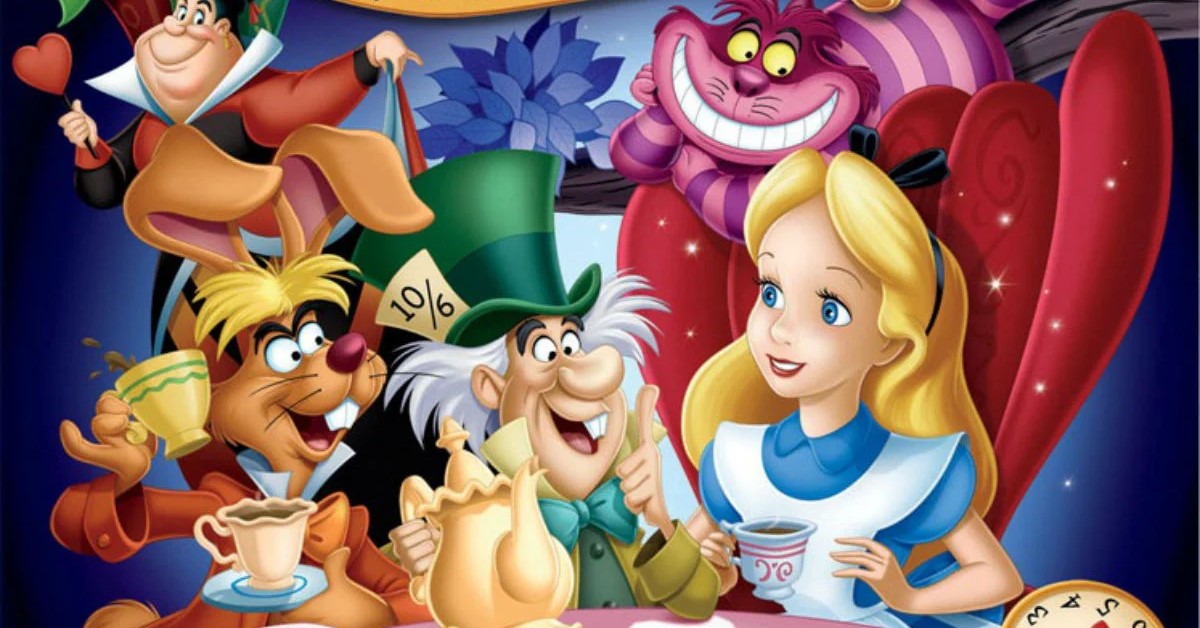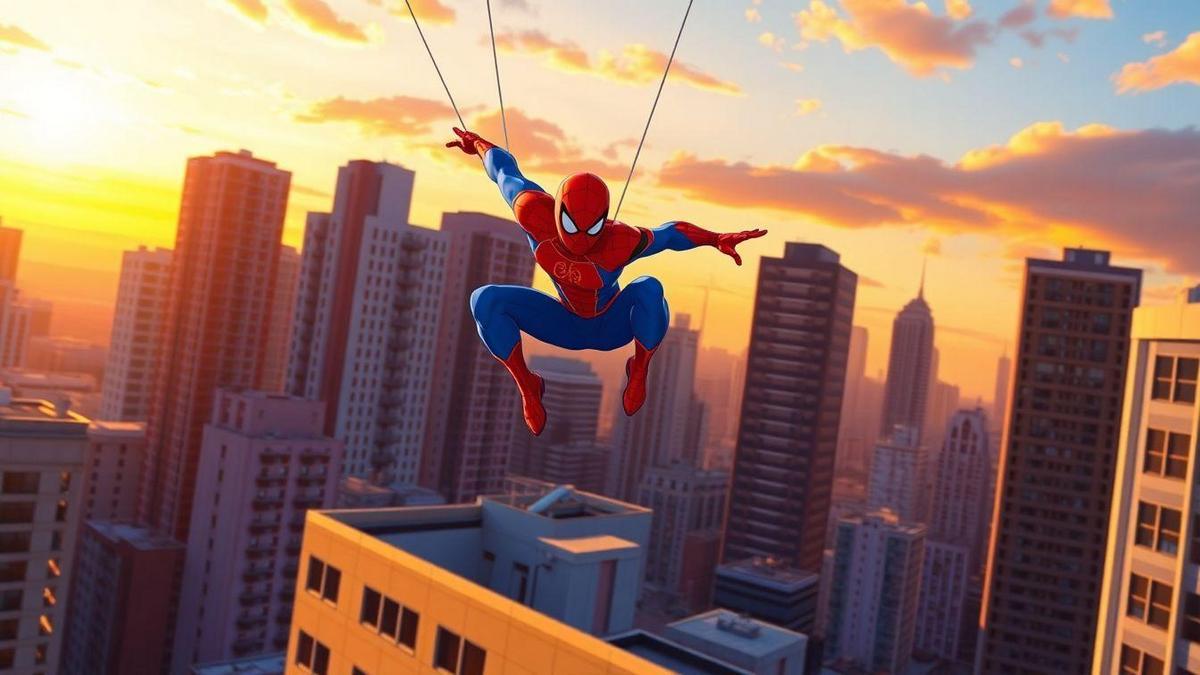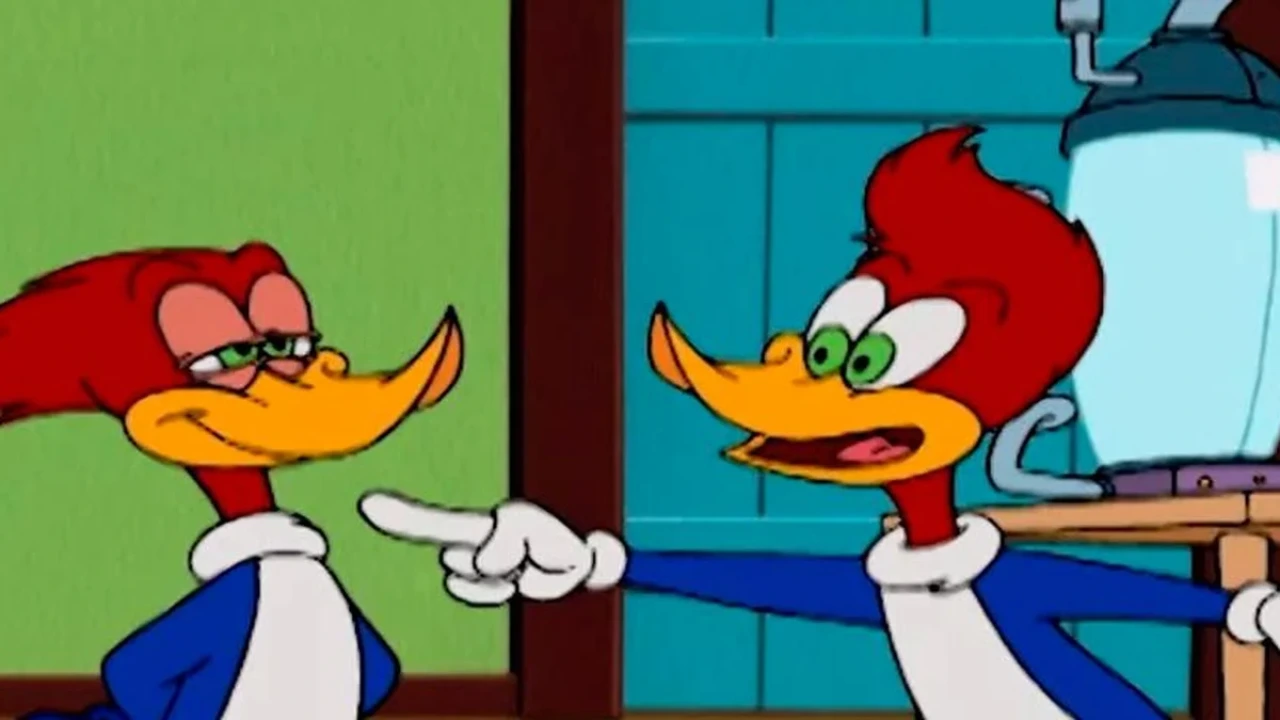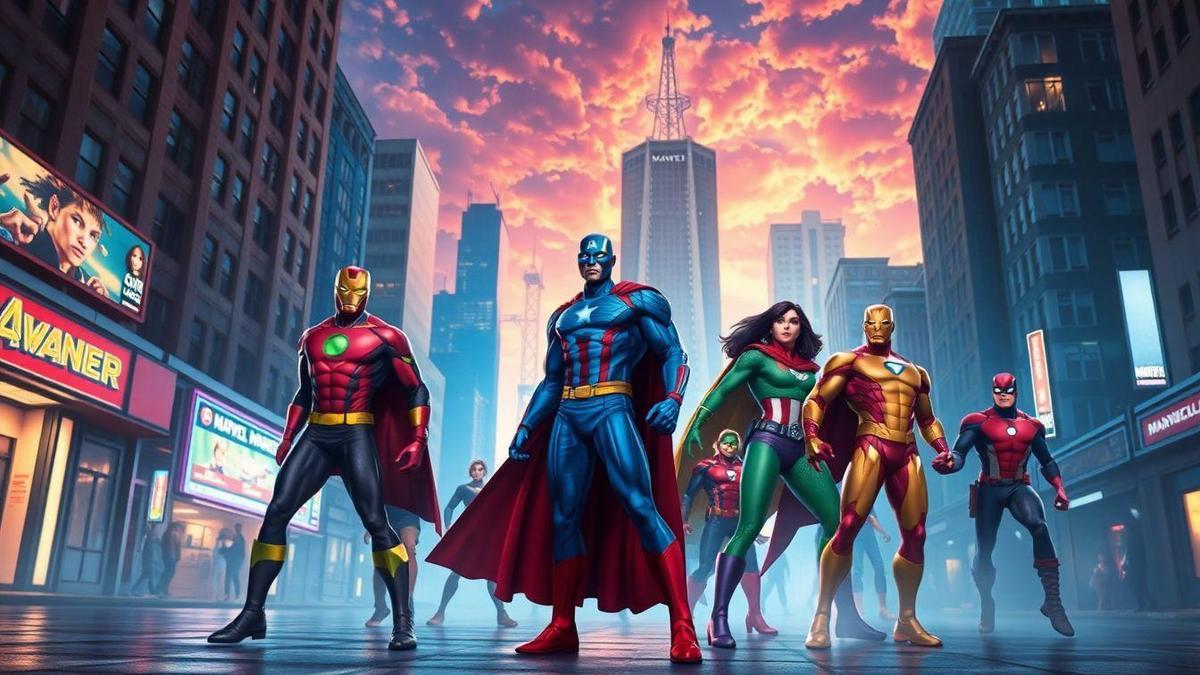The book "Alice in Wonderland" was written by Lewis Carroll more than 150 years ago and, even today, it is a landmark of literature that has already been adapted for the big screen, including animated features and live-actions. Several characters from Alice in Wonderland attract attention for their unique personalities, but do you know the meaning behind each of them?
Alice has marked generations, whether with the original literary work, the Disney animation or the Tim Burton's movie. Each of the characters in Alice in Wonderland - created by Carroll - has a meaning and today we're going to tell you all about them.
Alice
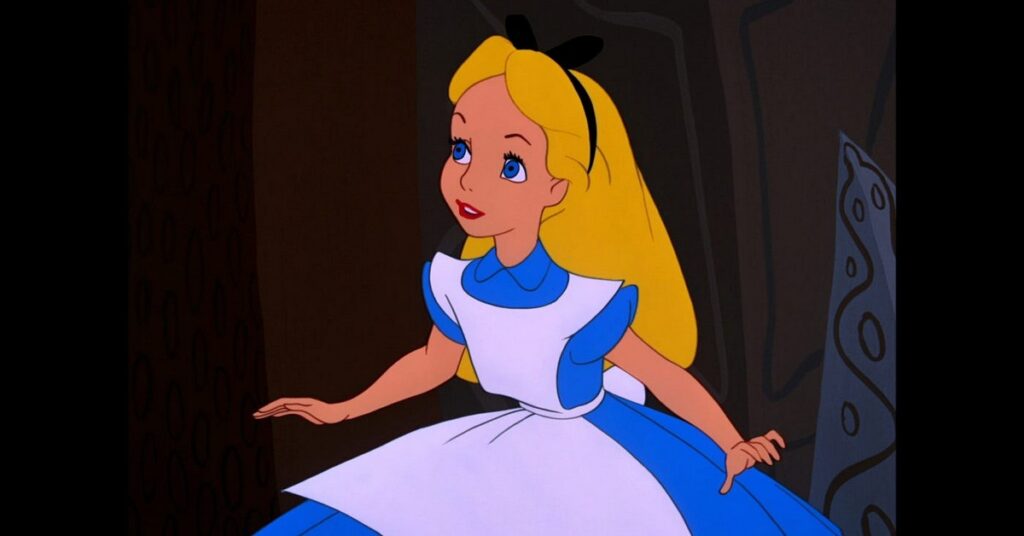
Alice is a 7-year-old English girl and the protagonist of this children's story. But did you know that the author was inspired by a real child to bring his character to life? Alice Liddell was a child of one of the author's colleagues and stood out for being very articulate and intelligent, despite her young age. This caught Carroll's attention, and he decided to create a story in which he explored children's imaginations from a totally different world.
She is the main character in Alice in Wonderland and her story begins when she sees a white rabbit running around the garden, but it is wearing clothes and a watch. Her childlike curiosity makes her follow this rabbit and, as a result, she ends up falling into a universe with other absurd and somewhat crazy characters.
White Rabbit
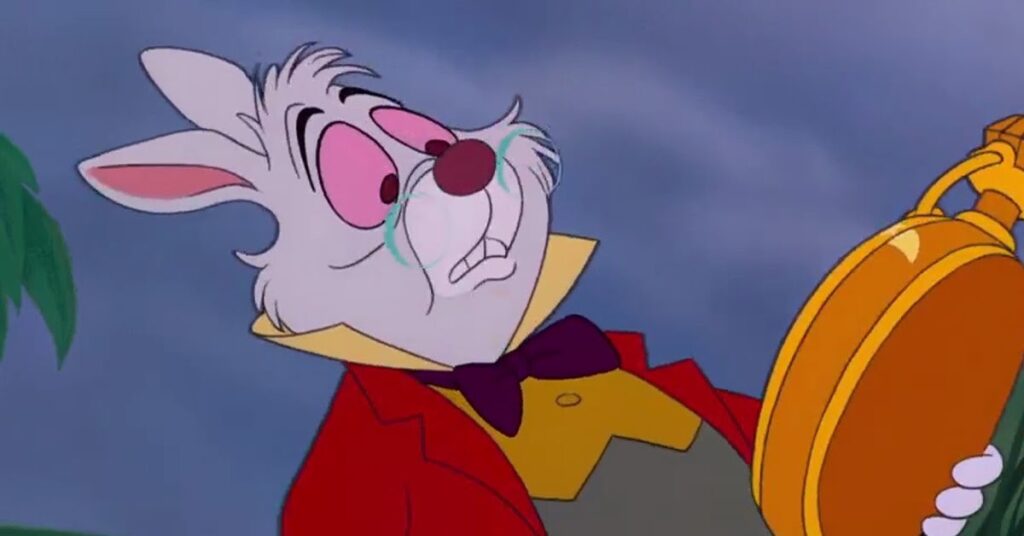
The Rabbit from Alice in Wonderland is one of the most important characters, as he is responsible for luring the little girl to the other world. The White Rabbit is a anthropomorphic characterHe is an animal who behaves like a human, always running because he is late for his appointments.
But the meaning behind this character could be a metaphor. Firstly, about the brevity of life, which causes anguish in many people and can be represented by the Rabbit's obsession with time. Secondly, as a way of getting Alice's attention, encouraging her to seek knowledge, since the girl is always looking for the White Rabbit, as if she always wanted to seek wisdom.
But there are also those who believe that the White Rabbit is a character inspired by Alice Lidell's father, who was a very busy pastor who was often late for services.
Cheshire cat

Of all the characters in Alice in Wonderland, the Cheshire Cat is among the most iconic in terms of appearance. He is most remembered for his big smile, his ability to dematerialize and his indifference to the Queen, showing no fear of her. He is extremely confident and helps Alice at times, but is always observing situations without getting directly involved, almost like a local guide.
Its meaning is linked to the reality of that country, which is insane and led by madness. In addition, the Cheshire Cat also serves as a reminder that madness and sanity are relative, since Alice is seen as a fool for acting rationally and starts to reproduce the bizarre attitudes of that land.
Mad Hatter

Another of Alice in Wonderland's striking characters: the Mad Hatter! Alice meets him on one of her routes and is invited to an unusual tea table, where she celebrates her "unbirthdays" with the Hatter. He really is mad and, in the story, it's said that he gets that way after fighting with the weather.
Its inspiration comes from an English expression: "Mad as a hatter", which was used for people who had some alteration of their mental health, since the workers who made hats ended up poisoned by the doses of mercury that were used when assembling the hats.
In the story, he plays a joke on the strict rules of British etiquette. The famous "five o'clock tea" is a very formal English event among the upper social classes, but the Mad Hatter and his friends turn it into a senseless party.
March hare
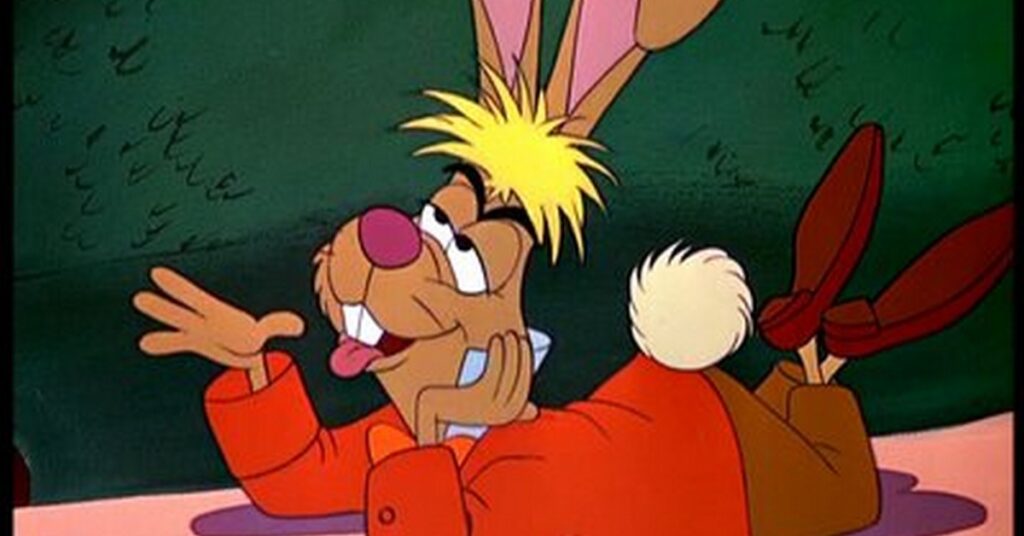
The Hare is a good friend of the Mad Hatter and one of the characters from Alice in Wonderland who are at the tea party. He insists on bothering Alice, as well as teasing her while tea is being served and the unbirthday is being celebrated. The Hare often acts strangely, defying logic and breaking countless rules of conduct.
Its symbolism seems to be linked to the English language, since the phrase "mad as a hare in March" was widely used at the time the work was created. As March was the time of year when the animal reproduced, the species acted energetically, running and jumping around frantically.
Caterpillar
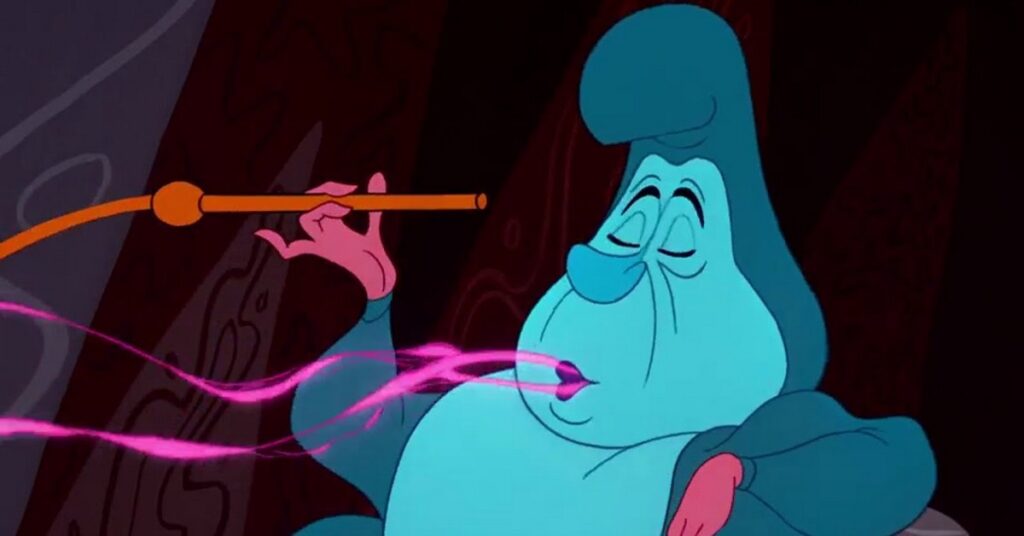
The Caterpillar appears in the story smoking a shisha on its leaf, with a slightly arrogant and questioning personality, always knowing the reason for Alice's woes. But he is willing to help the little girl with her challenges in that country, showing her a mushroom that can make her big or small, being useful in some situations.
This is one of the characters in Alice in Wonderland that can be interpreted metaphorically in relation to transformations and changes, such as those that happen during puberty. He is born to be a creature that undergoes metamorphosis, going from a caterpillar to a butterfly, demonstrating that change is a positive thing and Alice doesn't need to be afraid. This is reflected in the moment when he questions Alice about her own identity, asking her "Who are you?".
Queen of Hearts

The Queen is an oppressor who rules Wonderland, being extremely spoiled, childish, cruel and self-centered. She is the absolute power in this world and is feared by the vast majority of the population, as she often humiliates other characters and threatens to cut off their heads when they displease her. She also rules using fear as a tool, demonstrating an extremely authoritarian and questionable power.
In addition, she is one of the characters in Alice in Wonderland who represents a critique of the British monarchy and nobility, bringing a sense of justice based only on her absurd judgment, without laws and divergent opinions.
This theory that the Queen of Hearts is an emblem of the criticism created by Lewis Carroll gains strength due to the character's obsession with red roses, referencing the historic War of the Roses. This event was marked by several struggles for the succession to the English throne.
Arganaz
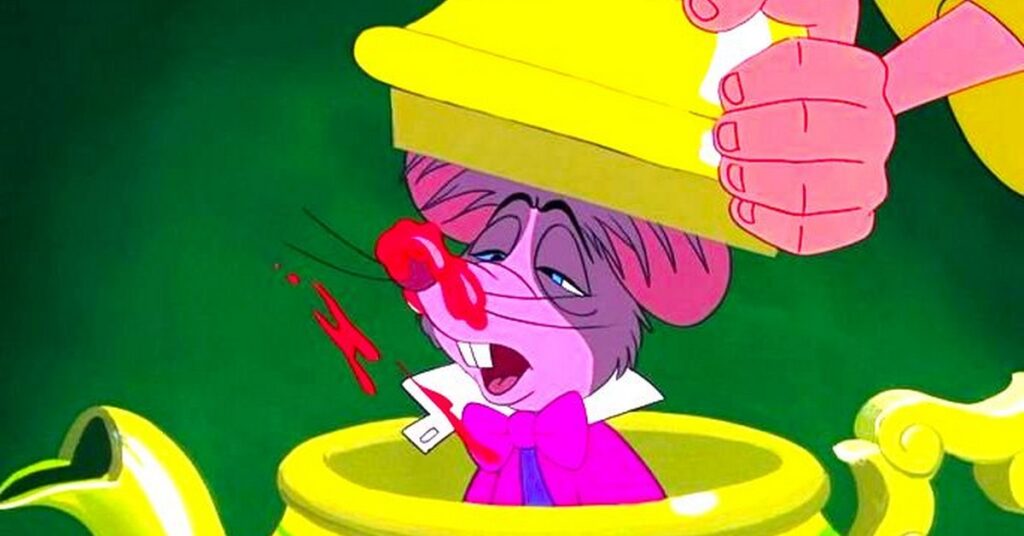
Arganaz is another of the characters in Alice in Wonderland who is present at the tea table alongside the Mad Hatter and the March Hare. He lives in a relatively small area of countryside and almost always looks delighted. We don't see Arganaz speak and, when he wants to say something, no one pays enough attention and he is often interrupted.
Some theories say that Arganaz is a symbol of the hard-working class who can't cope with the difficulties they face, and are always undervalued and disregarded. Constantly tired and without having his demands heard, Arganaz may be a reflection of the population in Lewis Carroll's time.
Despite being a story aimed at children, Lewis Carroll took care to bring depth to the plot through the characters in Alice in Wonderland, who were constructed and written to be parallels and metaphors with reality. If you like fantasy stories and magical universes, you can't miss our article on how to watch Harry Potter in chronological order!
What role does the White Rabbit play in the story of Alice in Wonderland?
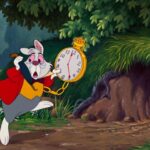
The White Rabbit is the character in Alice in Wonderland responsible for catching the protagonist's eye and luring her, through curiosity, into the burrow that leads to Wonderland. He is one of the Queen of Hearts' servants and is always late for his appointments with her majesty, which often leaves him distressed.
In a metaphorical way, its role in the story is to stimulate little Alice, either to be brave and face challenges in a completely different world, or by leading her to discover various new things, awakening knowledge and encouraging her to acquire more and more wisdom.
Who are the twins in 'Alice in Wonderland'?

The characters in Alice in Wonderland who are twins are called Tweedledee and Tweedledum, but they are not part of Carroll's first book. They were inserted into Disney's classic animation and Tim Burton's live-action version, but they are characters from the writer's second novel, called "Alice Through the Looking Glass".
The two are identical twins who, apart from their looks, also resemble each other in the way they think, speak and act and are always completing each other's sentences.
